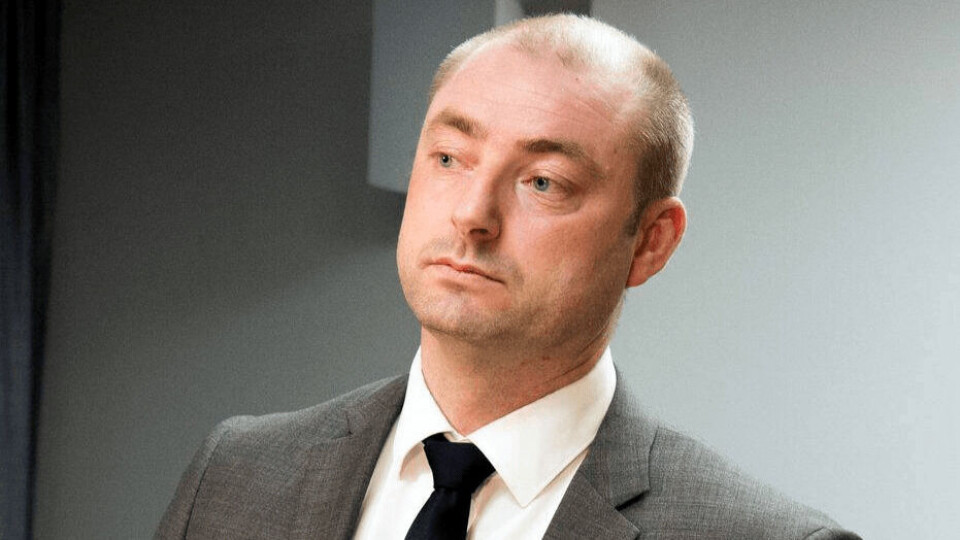
Blockchain will boost our fish prices says Norway seafood trade group chief
Norwegian trade organisation Seafood Companies and leading Nordic region IT infrastructure provider Atea have signed a letter of intent to use blockchain technology from IBM for companies in the seafood industry.
Seafood Companies, which represents both the aquaculture and caught fish industries and seafood trade and processing, said in a press release that it believes fish tracking will increase the value of seafood exports by hundreds of millions of NOK in the years to come.
Six seafood companies are already working on projects to test the technology. Five of these are in Norway, while there is a pilot in Sweden. Kvarøy Arctic has come the furthest, and now delivers products to the US market with this tracking technology.
Sustainable value chains
Seafood Companies and Atea envision that blockchain technology could provide a better price for the fish and offer consumers safer food. This is because the use of this technology will provide better control and more efficient and sustainable value chains.
“We are seeing a fast-growing trend where consumers want to buy food that they know the origin of and that provides assurance that has not been tampered with,” said Atea chief executive Michael Jacobs.
Alf-Gøran Knutsen, chief executive of Kvarøy Arctic, said: “It is important for our customers that the food they eat is safe and that they know the fish’s journey to the dinner table. It is the right time to focus on this, as consumers want more information about where the food they eat comes from.”
National network
Seafood Companies will soon establish a national blockchain network with Atea based on IBM’s blockchain technology.
“The network will be run as a separate unit and it will be accessible to everyone. In practice, this means that all seafood producers in Norway will be able to utilise the technology and utilise the tracking service,” said Seafood Companies chief executive Robert Eriksson.
“Norwegian seafood is known for its good quality. At the same time, we still do not have the opportunity today to monitor where the fish comes from, growing conditions, storage conditions, food cheats and how much fish ends up being wasted. This technology makes this possible, and we believe this is just the start of something that will mean a lot to the industry in the future and will contribute to increased competitiveness by providing more environmentally friendly food production. This in turn will make the producers better paid for the fish.”

Willingness to pay
Eriksson added: “Market research shows that there is an increased willingness to pay for food that can prove that it is produced in a safe and sustainable way. Depending on the proportion of fish the players choose to track, there is a potential of several hundred million NOK in increased market value.”
Customers are demanding more information on the food they eat, said Espen Braathe of IBM Food Trust Europe.
“With blockchain, a customer in the store will know which fjord the fish is from and when it was fished, what food it has eaten and whether this is sustainable.
“The Customs Service will be more concerned with volume, information access and location of data to achieve a more efficient customs clearance of trucks.
“With blockchain we can gather all the information needed while sharing relevant data with third parties.”























































